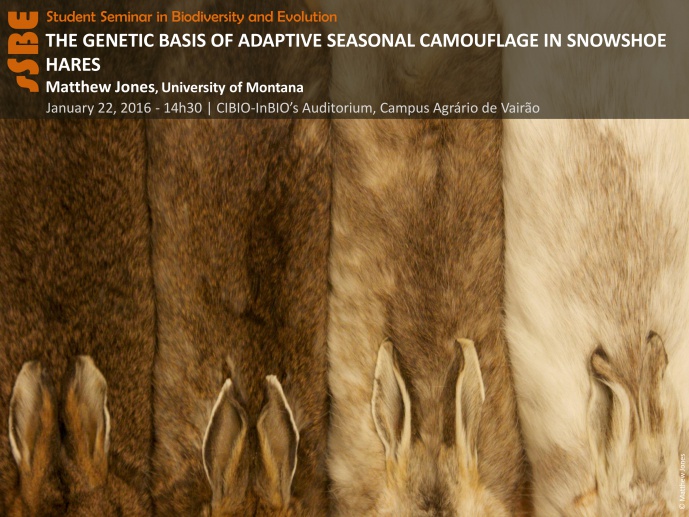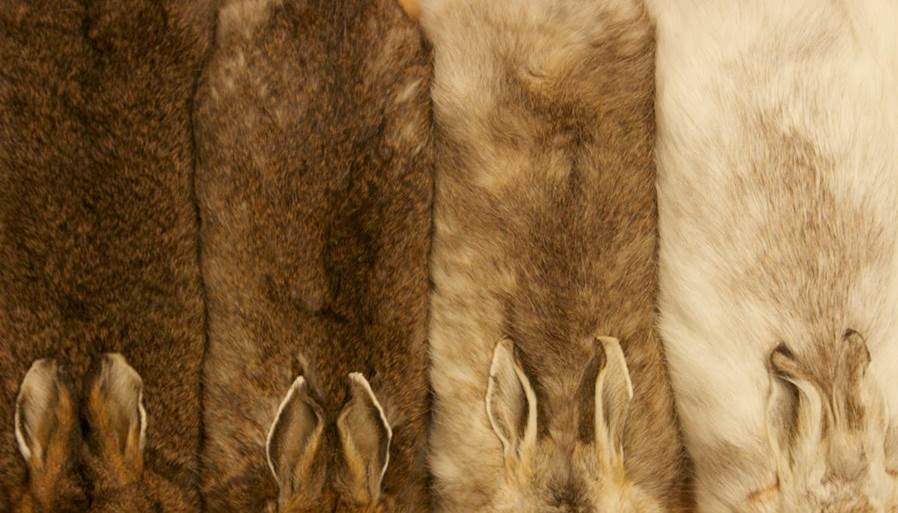THE GENETIC BASIS OF ADAPTIVE SEASONAL CAMOUFLAGE IN SNOWSHOE HARES

STUDENT SEMINAR IN BIODIVERSITY AND EVOLUTION

Identifying the mechanisms by which animals adapt to their environment is central to understanding the origin and maintenance of biodiversity. Seasonal environmental changes pose serious challenges to animal survival and a suite of behavioral and physiological adaptations have evolved to cope with the demands of winter. One intriguing seasonal phenotypic change in several mammals is the annual molt from dark summer coats to white winter coats coincident with the onset of snow. The recurrent evolution of this environmentally induced phenotype suggests pervasive natural selection for camouflage in seasonally variable environments, yet the genetic basis of this remarkable form of phenotypic plasticity is unknown. Snowshoe hares in the northwest US exhibit geographic variation for coat color change ability that is consistent with adaptation across an environmental gradient. Hares occupying environments with persistent winter snowcover turn white in the fall to match their snowy environment. In milder climates hares remain brown year-round. I am investigating genetic basis and evolutionary history of polymorphic coat color change in this snowshoe hare population. By uncovering the genetic basis of key ecological traits, such as seasonal coat color, we gain a better understanding of the process of adaptation and how organisms will respond to new and changing environments.
Matthew Jones is a PhD student at the University of Montana studying with Dr. Jeffrey Good. He completed a Master's degree at the University of Wyoming studying patterns of coevolution between avian malaria and host MHC genes. Currently, he is working in École Polytechnique Fédérale de Lausanne with Jeffrey Jensen through a joint National Science Foundation and Swiss Government Excellence scholarship to study population genetic approaches to infer demographic history and selection in snowshoe hares.
Image credits: Matthew Jones